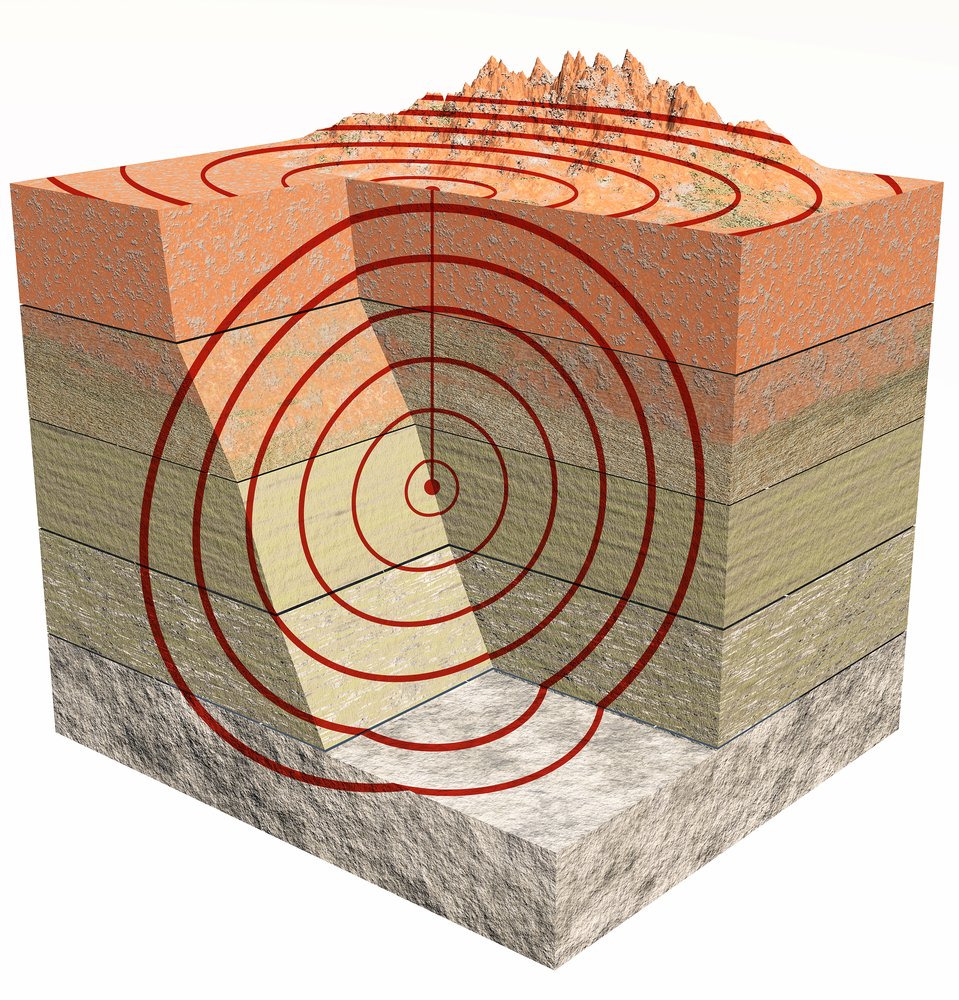Table of Contents (click to expand)
No, you would not feel anything if you flew over an earthquake in an airplane. The seismic waves would be so attenuated that you wouldn’t hear them above the sound of the roaring engine of your aircraft, let alone feel the tremors like the ones people would experience on the earth below.
Earthquakes are some of the most devastating natural disasters to occasionally wreak havoc on human civilizations. Thanks to a wide range of information sources around the world, in addition to personal, regional, or national experience, almost everyone knows about earthquakes. Even if you have never experienced an earthquake, your general perception is that things on the ground start to move and shake by themselves when an earthquake occurs, meaning that one can definitely feel tremors (depending on the intensity of the earthquake) on the ground or at sea.
However, what if you happen to be sitting in an airplane that is passing above an area experiencing the tremors of an earthquake? Would you feel anything at all?
Earthquake

Not that these disastrous phenomena need too much of an introduction, but let’s take a closer look at what an earthquake actually is. An earthquake occurs when there is a sudden release of energy in the Earth’s crust, resulting in seismic waves; these waves then travel towards the ground and cause people to feel tremors or a shaking sensation on the surface of the Earth. The tremors from earthquakes vary in their severity; some are so mild that you won’t feel anything, while others are violent enough to toss people around, topple huge buildings, destroy established infrastructure above the ground, and even sink ships at sea.
Also Read: How Do We Study Earthquakes?
Release Of Waves

When an earthquake occurs, it sends waves in all directions in the form of pressure and shear waves. When pressure waves leave Earth’s crust and pass through the atmosphere, these waves are converted to sound waves. However, since these waves are usually below the range of audible sound for humans (below 20 Hertz), humans are unable to hear them.
In other words, this means that humans cannot hear the seismic waves, but many have claimed to hear a discernible rumble during an earthquake. The sound that they hear is caused by the seismic waves moving through solid material, such as underlying rocks or buildings. It is the sound of the rattling and shaking of solid structures, and not the sound of the seismic waves themselves, which one hears during an earthquake.
In An Airplane
So, what happens to these seismic waves when you’re high above the ground? Will you able to feel or hear the sound of the rumble in an airplane?
The short answer is NO.

This lack of effect is due to what physicists call attenuation, which is the tendency of waves to gradually lose their energy over time and distance, and therefore lose their intensity, as they travel through a medium like air. It is also the reason why you are able to distinctly hear a person lecturing when you are sitting in the front row, but not so clearly when you are sitting at the back of the auditorium.
So, even if seismic waves manage to travel a distance of approximately 39,000 feet or 11 kilometers (the altitude at which planes usually fly), they would be so attenuated that you wouldn’t hear them above the sound of the roaring engine of your aircraft, let alone feel the tremors like the ones people would experience on the earth below.
I suppose one thing is clear; the safest place to be during an earthquake is in an airplane – if you can get on one in time, that is!
Also Read: In An Airplane That Has Broken The Sound Barrier, Is It Completely Silent Inside The Cabin?
How well do you understand the article above!

